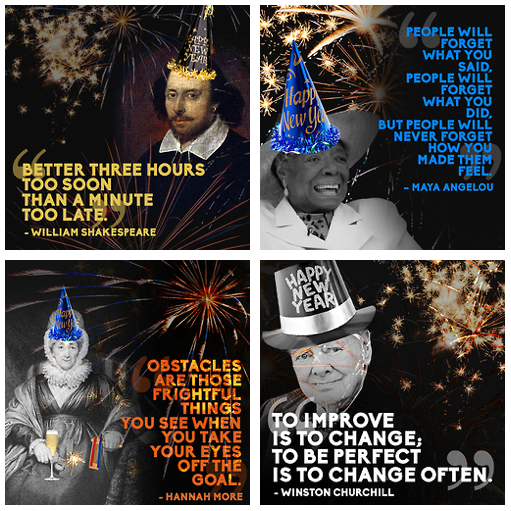We try to instill the patriotic spirit in our students for every national holiday. Many in our school community have family who served in World War II, the Korean War, and in Vietnam, and a few have family and friends who served in Iraq and Afghanistan. We’ve written about
Veterans Day and
service to the community; however, the following resources bring the reality of the wars in the Middle East closer to home.
Unfortunately, the wars in Iraq and Afghanistan have continued for over ten years, and it's hard to believe that every senior in high school has grown up with them since the second grade. Even though American combat operations in Iraq ended in 2010, there are approximately 48,000 troops still deployed there. For this reason, we pulled together a set of resources to show our students the
lasting impact on those who serve our country.
The numbers from the
The Wounded Warrior Project (WWP) for veterans returning from these two wars are staggering. As of August 2013 there are over 51,000 wounded, 320,000 with traumatic brain injuries (TBI), and 400,000 with post-traumatic-stress-disorder (PTSD). The WWP has done an amazing job of helping injured veterans, and it's worth showing its video "
The WWP - Year In Review 2012" to students. From its
Media Room, students can watch other first-hand accounts about the help it gives to those in need.
Team Rubicon (TR) is another organization helping hundreds of United States veterans returning home after fighting in ten years of war.
TR unites military men and women with first responders who rapidly deploy emergency teams to disaster areas. It gives veterans an opportunity for continued service by helping them make the transition back to civilian life through repurposing their skills and experiences to help others.
Since its formation in 2010,
TR has impacted thousands of lives around the world, including right here in the United States. According to the
data on its website, 92% of recently returning veterans state that service to their community is important to them. Many of our students were unaware that this organization existed.
The Story of Team Rubicon is a powerful look at how aiding others helped heal the wounds of war, some visible and some not. The call to serve helps the veterans as well as others by giving hope to them and those they aid in times of need.
Perhaps one of the most powerful visualization resources regarding veterans is the
Iraq and Afghanistan Veterans of America (IAVA) "
The Wait We Carry." It is a tool designed to allow veterans, not the
Veterans Administration, to tell their disability claims stories by completing a survey about their medical claims and the emotional and financial toll the process has taken on them. IAVA partnered with
Periscopic,
an industry-leading information visualization firm, and received a grant from the
Knight Foundation to design this interactive tool.
IAVA created this to show that there is a person behind every piece of data. The numbers are staggering with regard to the wait time for medical help, and some did not make it as a result. This is one of those areas that, unless we are personally affected, gets lost. The information on "
The Wait We Carry" wants to make the data personal.
Although the news continues to provide information about the military in Iraq and Afghanistan, it is often just straight reporting with little fanfare, unless it’s newsworthy such as the catastrophe in Benghazi. This is a far cry from the daily barrage of wounded soldiers shown nightly on television stations across the nation during the Vietnam War.
Perhaps it is why most adults go about their daily routines, and as a result our learners are removed as well. This disconnect is why we need to make sure our students connect. We need to take time out of the daily delivery of content to make sure that our learners appreciate and understand why it is so important to honor the men and women who serve this country. Sadly, if it were not for the private sector helping these veterans, the harm of war might be even more devastating.












































